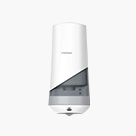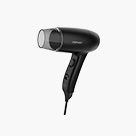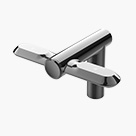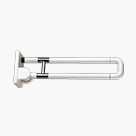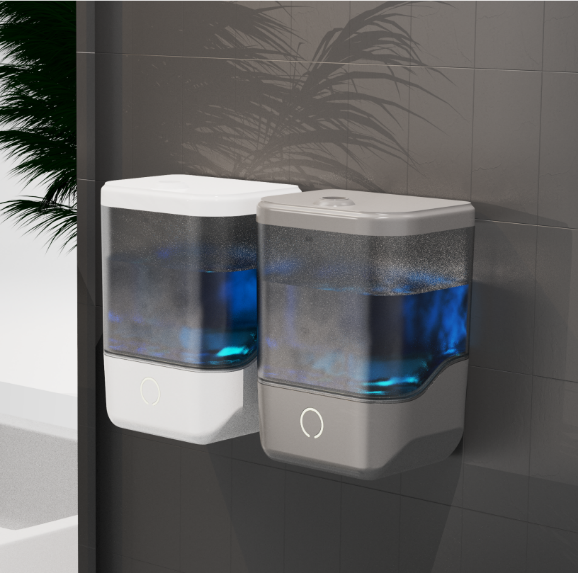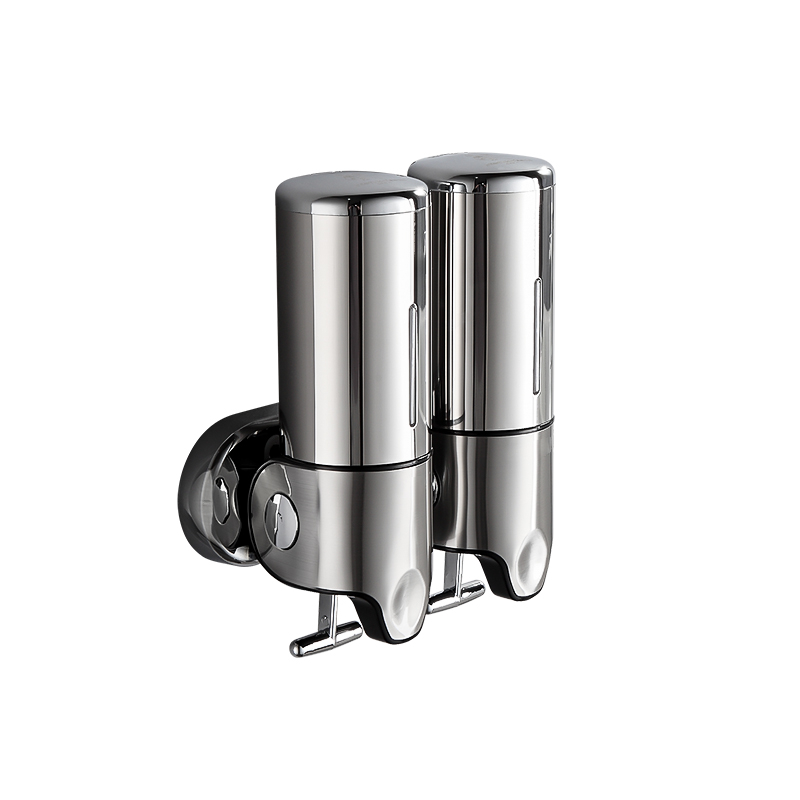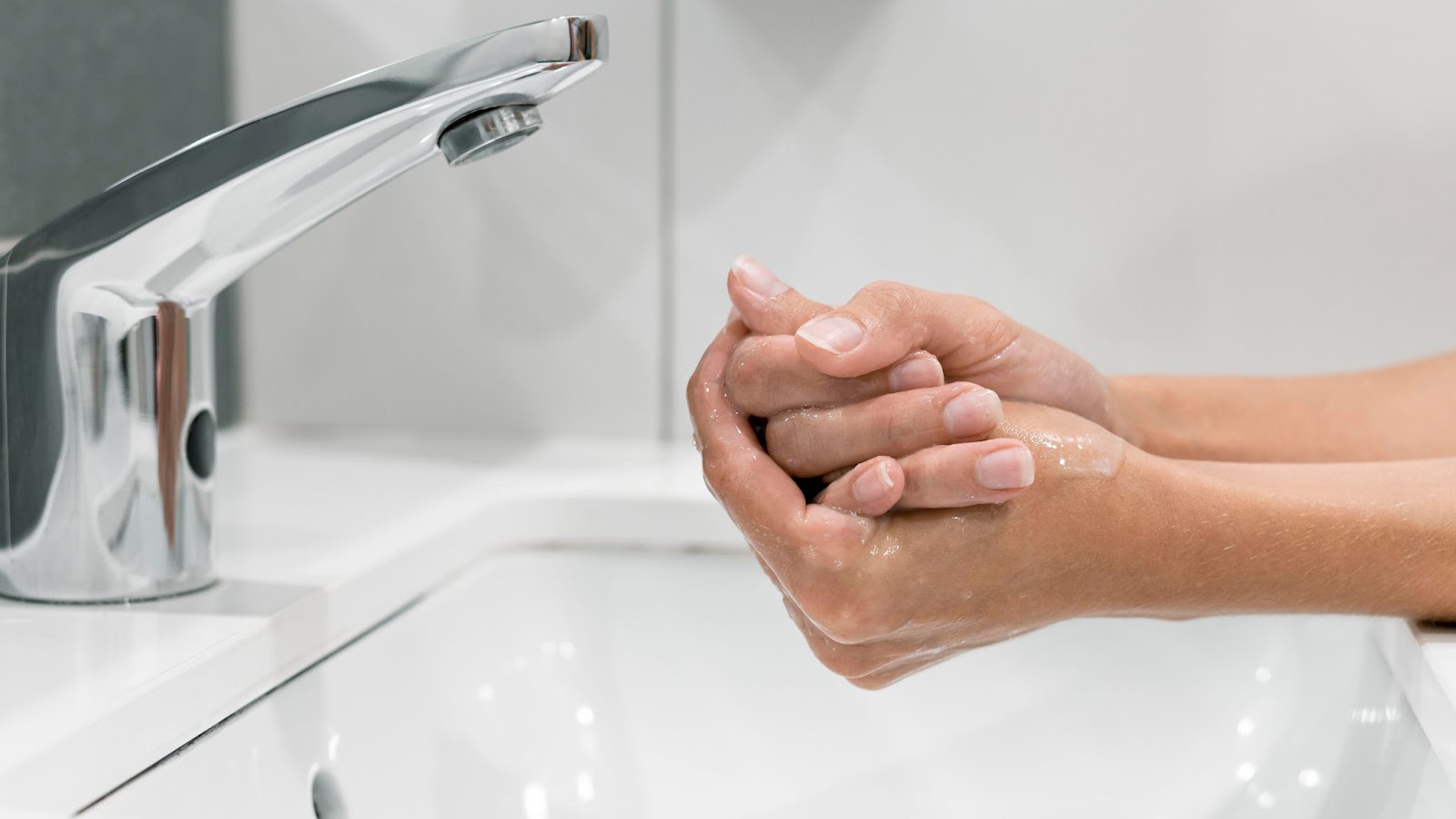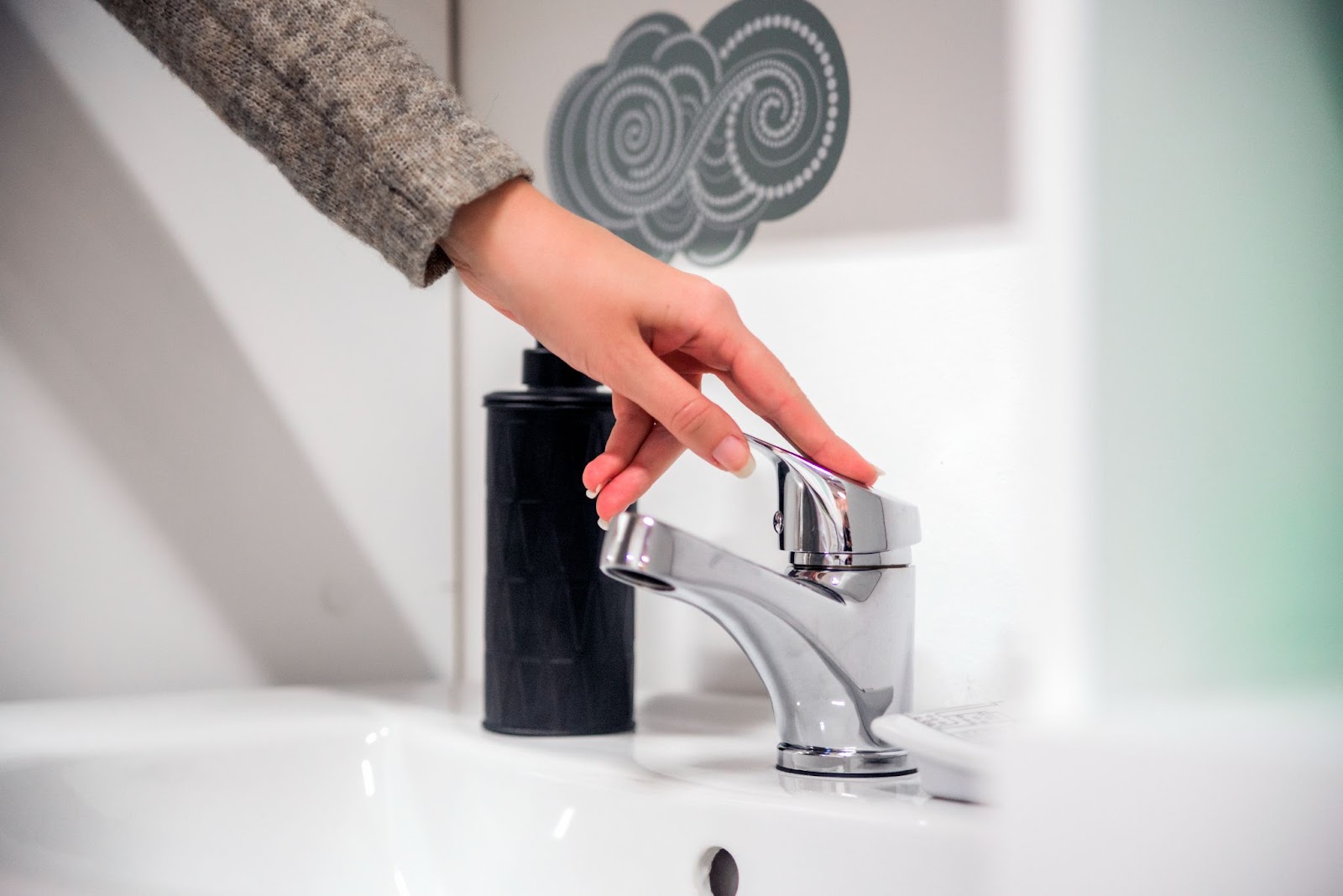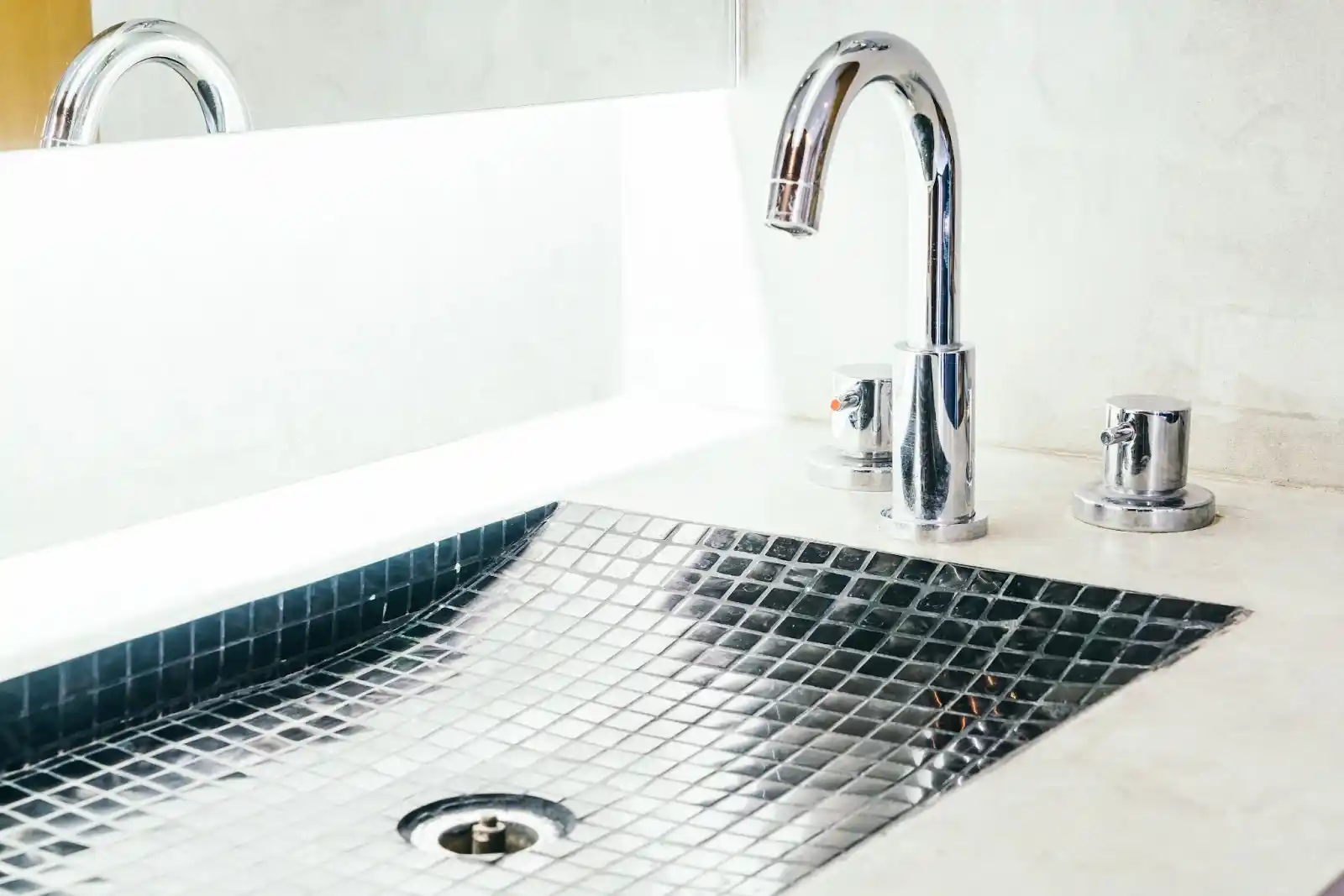Understanding the three key parts of an automatic soap dispenser—battery, sensor, and pump—can help you choose a durable and efficient model.
This article breaks down each component and its role in the dispenser’s overall functionality.
Read on to learn more.
Comparison Table: Key Parts of Automatic Soap Dispensers
| Part | Description | Importance |
| Battery | Powers the dispenser’s sensor and motor. | Ensures the dispenser operates without manual intervention. |
| Sensor | Detects hand movement to activate soap dispensing. | Provides touch-free operation for enhanced hygiene. |
| Pump | Transfers soap from the reservoir to the nozzle. | Controls soap flow for precise, controlled dispensing. |
Automatic Soap Dispenser Battery
The battery is one of the most crucial components in an automatic soap dispenser.
It powers the sensor and pump, allowing the unit to function without needing to be plugged into a wall.
Depending on the type of battery used, you may need to replace it every few months or after an extended period of use.
Understanding battery longevity and ensuring you have a reliable power source is essential for consistent performance.
Automatic Soap Dispenser Sensor
The sensor in an automatic soap dispenser is responsible for detecting motion, typically through infrared technology.
When a hand is placed under the dispenser, the sensor triggers the pump to release the soap.
The accuracy and sensitivity of the sensor are key factors in its effectiveness—too sensitive, and it might dispense soap unnecessarily; too weak, and it might not trigger at all.
Proper sensor calibration is important to maintain the dispenser’s hygiene benefits and prevent malfunctions.

Save Time & Costs – Visit the Product Page Now!
Automatic Soap Dispenser Pump
The pump is the component that pushes the soap from the reservoir to the dispenser nozzle.
It controls the amount of soap dispensed, ensuring a precise and consistent flow.
Quality pumps are made of durable materials to prevent clogging or jamming, and they can vary in design depending on the brand and model.
A malfunctioning pump can lead to uneven soap dispensation, which may result in waste or inadequate cleaning.
Why Battery Life Matters in Automatic Soap Dispensers
Battery life is one of the most important factors to consider when choosing an automatic soap dispenser.
A longer-lasting battery reduces the frequency of maintenance and ensures the dispenser remains operational without interruptions.
Models with energy-efficient sensors and low-power consumption features are ideal for extending battery life.
If the dispenser is used in a high-traffic area, such as a public restroom or commercial space, investing in a unit with a long battery life will save both time and money in the long run.
Furthermore, opt for dispensers with a battery life indicator to ensure that you can replace the battery before it completely runs out, preventing downtime.
How Sensor Technology Affects Dispenser Performance
Sensor technology plays a significant role in the performance of an automatic soap dispenser.
Infrared sensors, which are commonly used in many models, detect motion or heat signatures to trigger the dispenser.
The sensitivity of the sensor can affect soap flow; if it’s too sensitive, it may dispense excess soap, and if it’s too weak, it may fail to dispense soap at all.
Ensure that the dispenser you choose has a sensor calibrated to handle a variety of user behaviors while preventing waste.
Regularly cleaning the sensor is also crucial for ensuring it works at peak efficiency.
Common Pump Issues and How to Fix Them
Pump issues, such as clogging or inconsistent soap flow, are common problems in automatic soap dispensers.
These problems can be caused by using the wrong type of soap, inadequate cleaning, or mechanical wear.
To fix these issues, regularly clean the soap reservoir and the pump to prevent soap buildup.
If your dispenser’s pump is malfunctioning, check for blockages and clean the nozzle to ensure the soap flows smoothly.
If the pump is broken, you may need to replace it or contact the manufacturer for repair or replacement options.
Why Soap Formula Also Matters
The soap’s formula can directly affect how the dispenser operates. High alcohol content, for example, can damage the internal pump or sensor over time.
On the other hand, using soap with abrasive particles can cause clogs.
Opting for a formula that is designed to work with automatic dispensers is important to avoid damaging the internal components.
Maintaining Hygiene All the Time
It’s crucial to maintain the cleanliness of the dispenser, as the buildup of soap or dirt around the sensor can interfere with operation.
Regularly wipe down the dispenser and ensure that the soap reservoir remains clean to prevent bacterial growth.

Efficiency Starts Here – Contact Us Today!
Automatic Soap Dispenser Parts: Conclusion
The three key parts of an automatic soap dispenser—the battery, sensor, and pump—are essential to its smooth and hygienic operation.
By understanding how these components work together, you can make informed decisions when purchasing and maintaining your dispenser.
A reliable battery ensures uninterrupted use, an accurate sensor ensures touch-free operation and a durable pump ensures consistent soap flow.
Proper maintenance of these components will keep your dispenser functioning optimally for years to come, making it a worthwhile investment for any environment.







